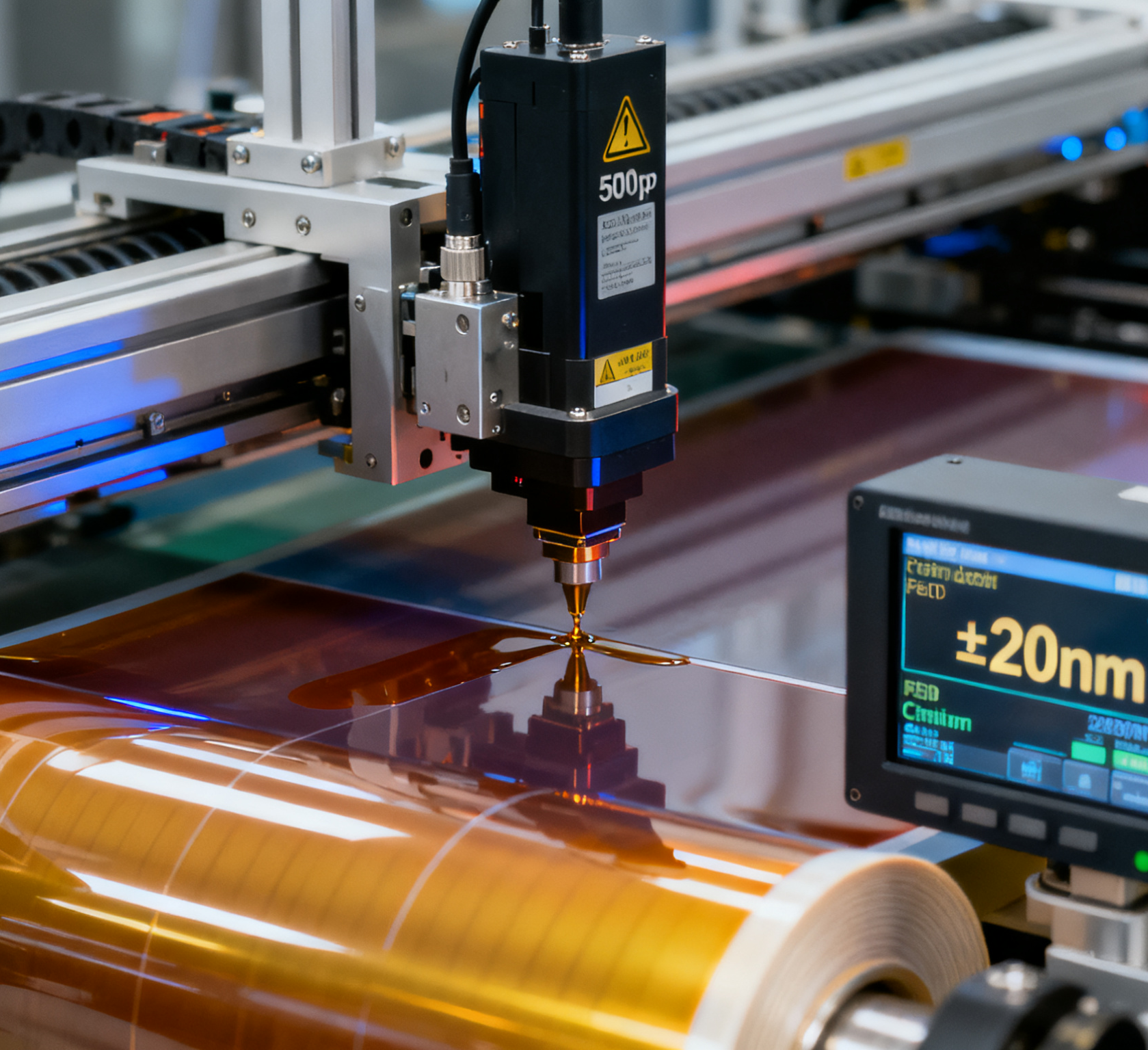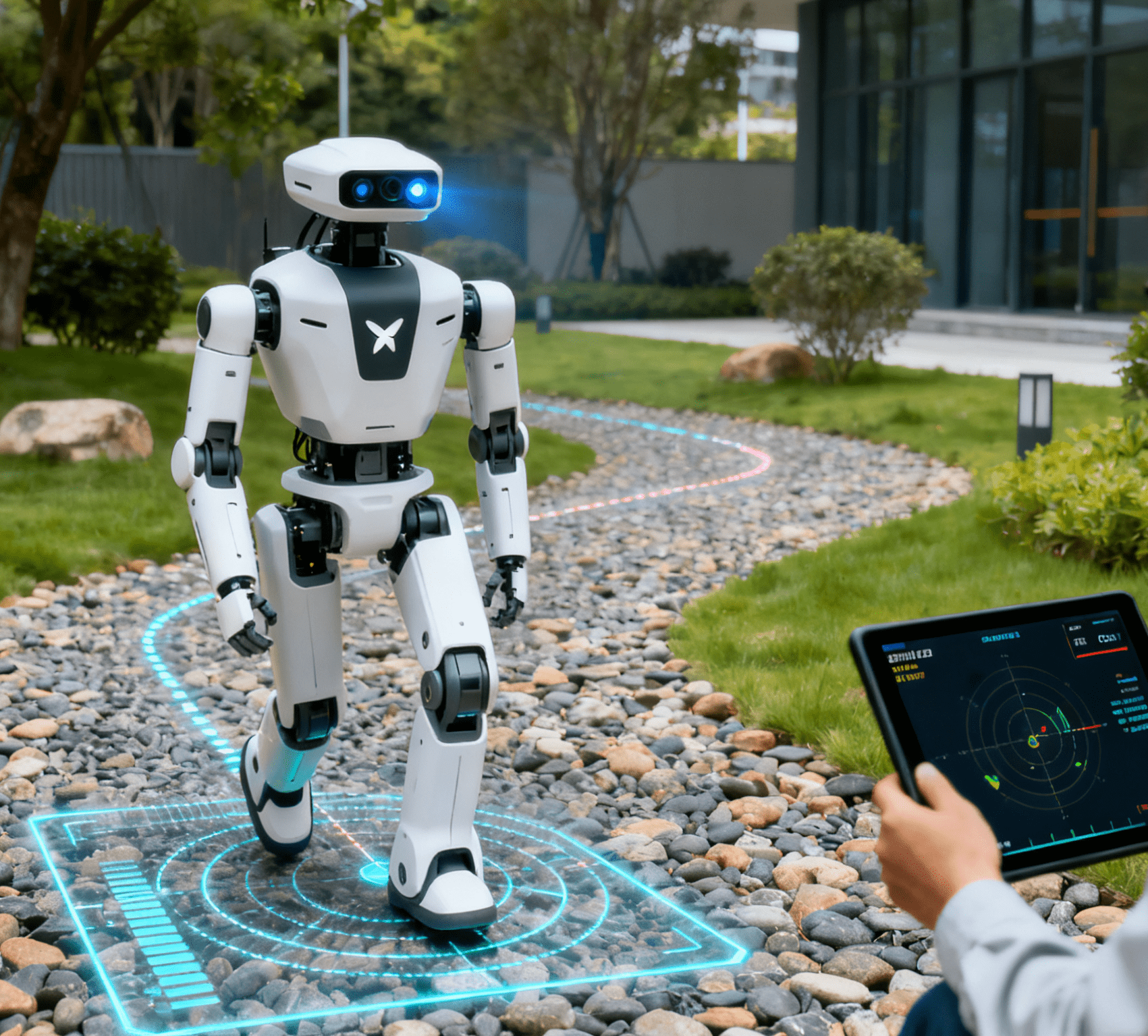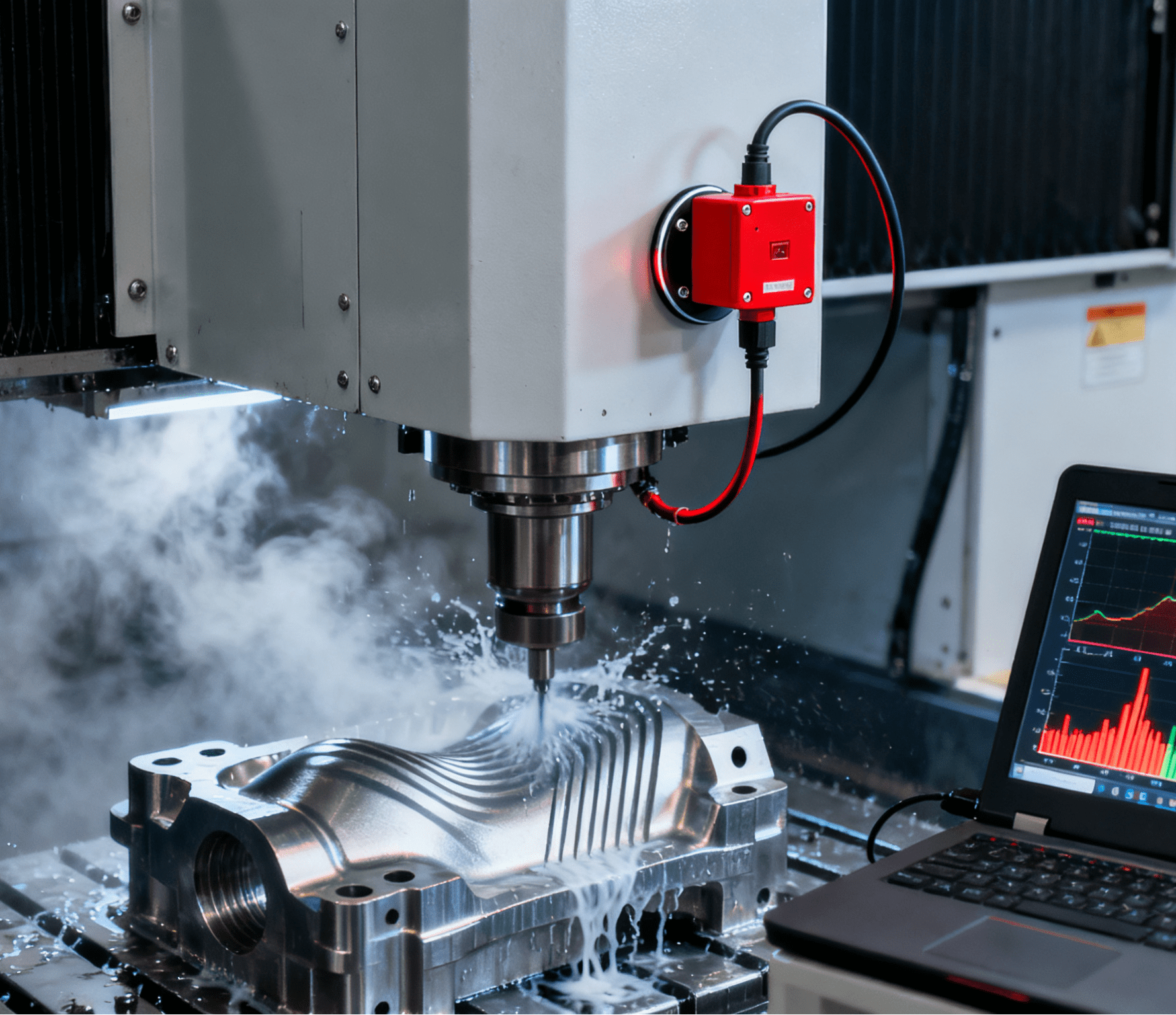Epiretinal Membrane Detection: Harnessing Intelligent Automation for Precision Ophthalmology

Oftalmoloģijas diagnostikas jomā, kur precizitāte ir ārkārtīgi svarīga, intelligent automation kļūst par revolucionāru notikumu. Nesen publicēts pētījums žurnālā American Journal of Ophthalmology uzsver, kā mākslīgā intelekta vadīti rīki, kas ir stūrakmens intelligent automation, revolucionizē epiretinālās membrānas (ERM) noteikšanu — fibrozu slimību, kas pasliktina centrālo redzi un bieži vien pastāv līdzās sarežģītām tīklenes problēmām, piemēram, makulas deģenerācijai. Atšķirībā no tradicionālajām diagnostikas metodēm, kas lielā mērā balstās uz manuālu interpretāciju, šie mākslīgā intelekta modeļi piedāvā cerību uz ātrāku un precīzāku ERM identificēšanu pat gadījumos, kad simptomi pārklājas ar citām slimībām.
ERM spēja atdarināt vai pastāvēt līdzās citām tīklenes patoloģijām rada ievērojamas grūtības klīnicistiem. Tradicionālā diagnoze balstās uz detalizētu optiskās koherences tomogrāfijas (OCT) skenējumu analīzi, kas ir process, kam nepieciešamas plašas zināšanas un kas ir pakļauts cilvēciskām kļūdām. intelligent automationMākslīgā intelekta modeļi, kas apmācīti ar milzīgām OCT attēlu datu kopām, var analizēt tīklenes slāņus ar nepieredzētu precizitāti, atzīmējot smalkas ERM pazīmes, kas varētu palikt nepamanītas cilvēka novērošanas laikā. Mihaila un līdzautoru vadītajā pētījumā tika veikta sistemātiska ERM diagnostikas mākslīgā intelekta modeļu pārskatīšana un metaanalīze, novērtējot to precizitāti, jutīgumu un specifiskumu dažādās datu kopās.
Galvenie secinājumi: mākslīgā intelekta daudzsološās priekšrocības un trūkumi diagnostikā
Izmantojot QUADAS-2 rīku pētījumu kvalitātes novērtēšanai, pētnieki atklāja, ka mākslīgā intelekta modeļi uzrādīja spēcīgu apkopotu diagnostisko precizitāti ERM gadījumā. Tomēr validācijas metožu un apmācības datu daudzveidības neatbilstības izrādījās kā kritiski ierobežojumi. Piemēram, modeļi, kas apmācīti ar datu kopām ar pārklājošām patoloģijām (piemēram, ERM un makulas deģenerācija), saskārās ar grūtībām atšķirt stāvokļus — šķērslis, kas atspoguļo sarežģītību industrial automation sistēmas, kuru uzdevums ir atšķirt smalkas variācijas ražošanas procesos.
Apakšgrupu analīzes izcēla spēcīgu un daudzveidīgu apmācības datu nozīmi. Modeļi, kas apmācīti ar OCT skenējumiem no dažādiem avotiem un etniskajām grupām, darbojās labāk, uzsverot nepieciešamību pēc iekļaujošiem datu kopumiem — līdzīgi kā automation equipment rūpnieciskos apstākļos ir nepieciešami dažādi ievades dati, lai nodrošinātu uzticamību dažādās ražošanas līnijās.
Secinājums: plaisas pārvarēšana starp inovācijām un klīnisko praksi
Lai gan mākslīgā intelekta modeļi ERM noteikšanai demonstrē potenciālu intelligent automation veselības aprūpē pētījumā uzsvērts, ka to efektivitāte ir atkarīga no standartizētas izstrādes un validācijas. Tāpat kā industrial automation Lai gan sistēmas uzplaukst, pateicoties konsekventiem protokoliem un augstas kvalitātes ievades datiem, mākslīgajam intelektam oftalmoloģijā ir jāpārvar datu neviendabīgums un validācijas neobjektivitāte, lai tas kļūtu par klīnisko zelta standartu.
Attīstoties šai jomai, mākslīgā intelekta integrēšana ikdienas diagnostikā varētu atvieglot ārstu darba slodzi, paātrināt ārstēšanas plānošanu un uzlabot pacientu rezultātus, īpaši nepietiekami apkalpotajās zonās, kur trūkst specializētu oftalmologu. Ceļā no pētījuma līdz reālai lietošanai joprojām var būt šķēršļi, taču vēstījums ir skaidrs: Intelligent automation Tas ne tikai pārveido rūpnīcas; tas ielūkojas cilvēka acī, pārvēršot sarežģītus tīklenes datus praktiski izmantojamās atziņās un tuvinot mūs nākotnei, kurā precīza veselības aprūpe ir norma.




















